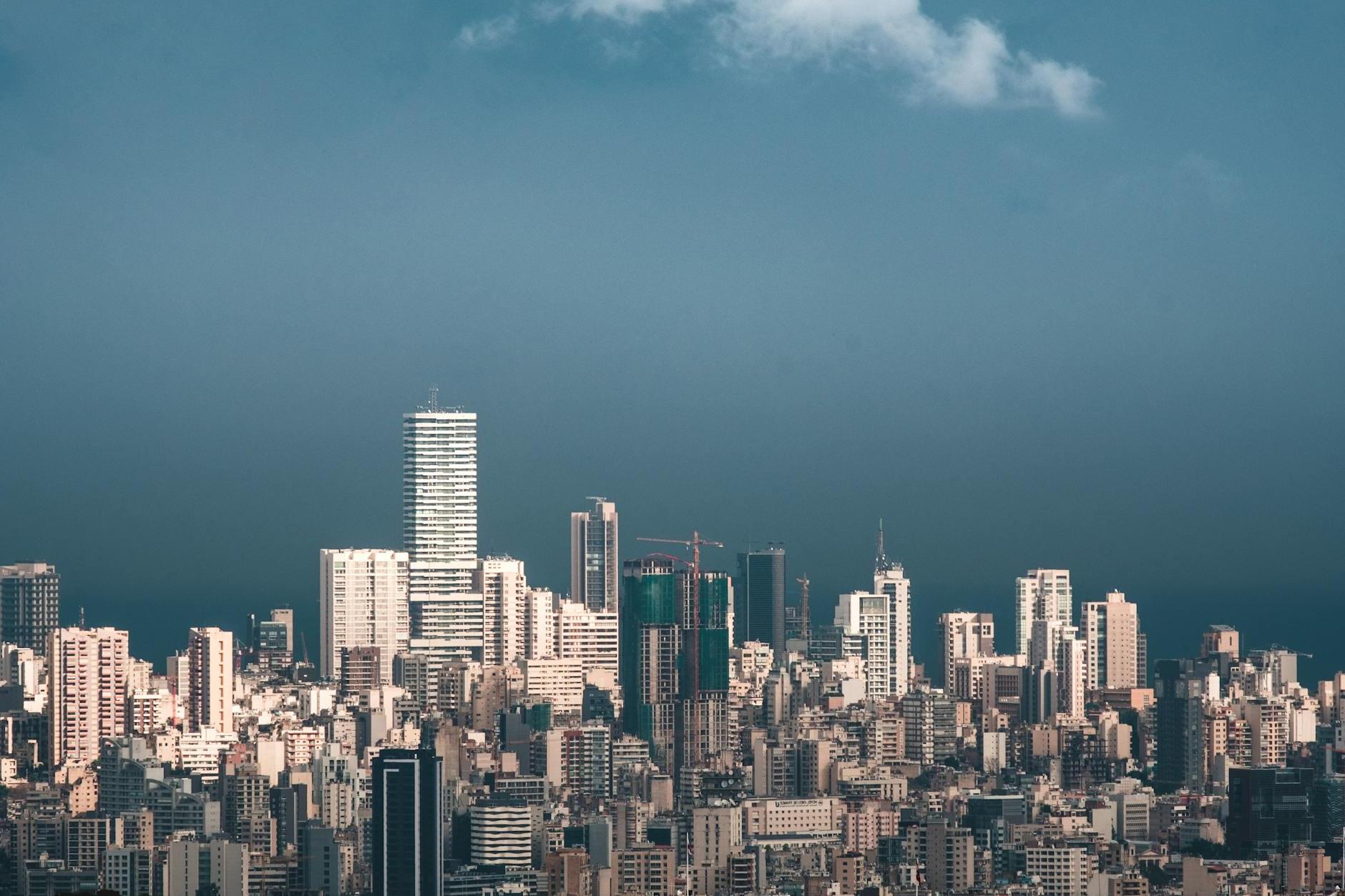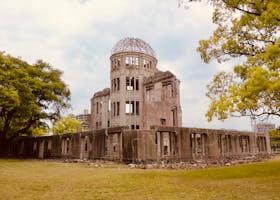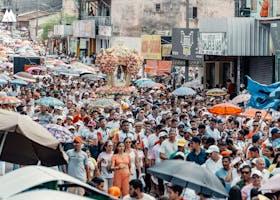Discover Beirut: Top 10 Must-Visit Places in the Heart of Lebanon
Posted on June 4, 2024 • 9 minutes • 1804 words
Table of contents
Welcome to Beirut, the vibrant heart of Lebanon! Known for its rich history, diverse culture, and stunning landscapes, Beirut is a city that promises adventure at every turn. While many tourists flock here during the warm and sunny summer months to enjoy its beautiful beaches and lively festivals, Beirut offers something special all year round. Whether you’re a history buff, a foodie, or just in need of a getaway, you’ll find countless treasures to explore. Let’s dive into the top 10 must-visit places in this dynamic city that never sleeps.
10 best things to see in Beirut
10. Hamra Street
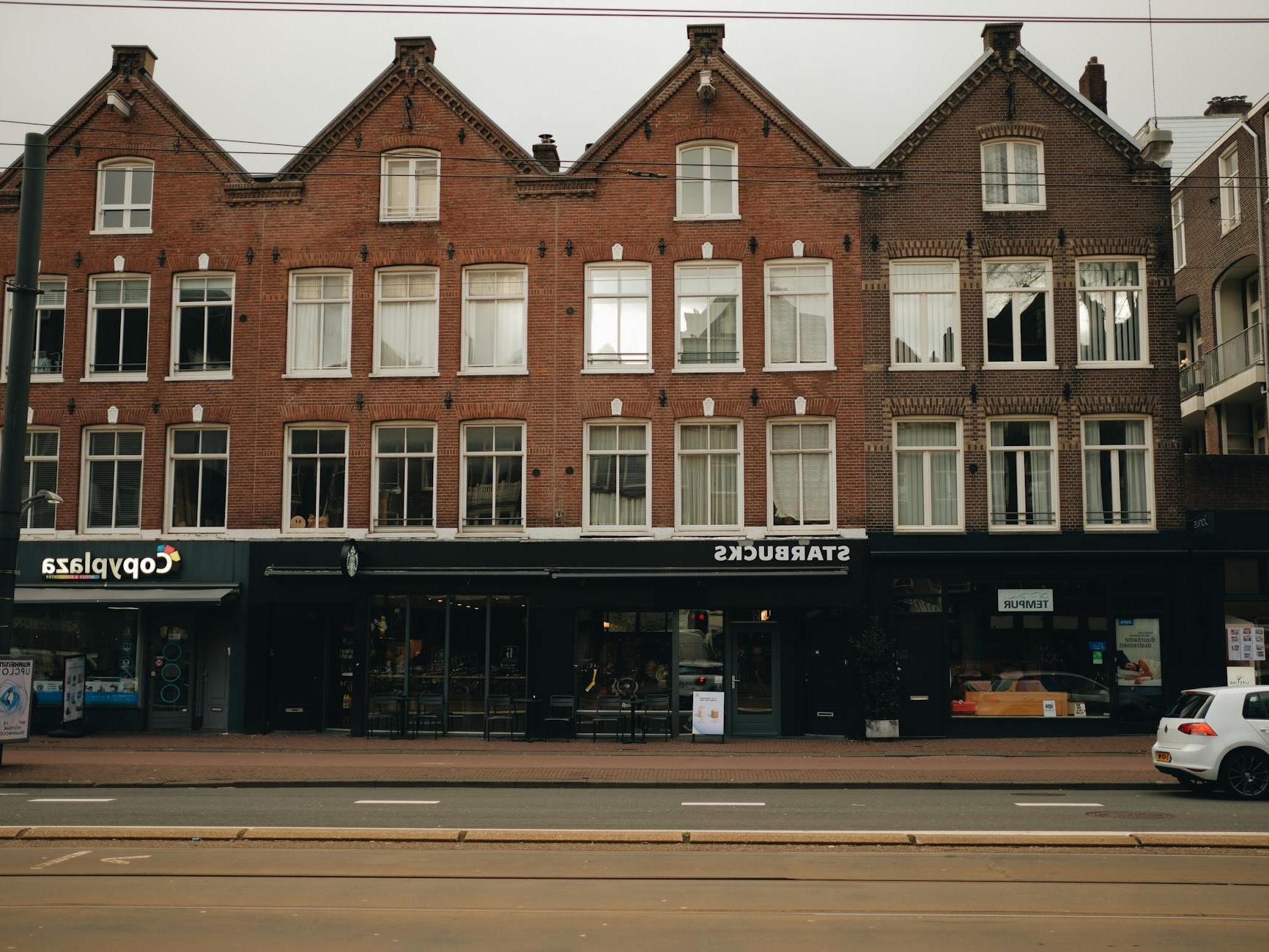
When you’re in Beirut, don’t miss visiting Hamra Street. It’s one of the city’s most lively and diverse areas, known for its bustling atmosphere, vibrant cafes, and unique shops. Whether you’re looking to savor local Lebanese food, shop for unique souvenirs, or enjoy the nightlife, Hamra Street has something for everyone. Getting there is easy; you can take a taxi or use local buses, which are both convenient and affordable. Keep an eye out for landmarks like the American University of Beirut near the street, and make sure to explore the side streets and alleys for hidden gems and less crowded spots. Happy exploring!
9. Raouche Rocks (Pigeon Rocks)
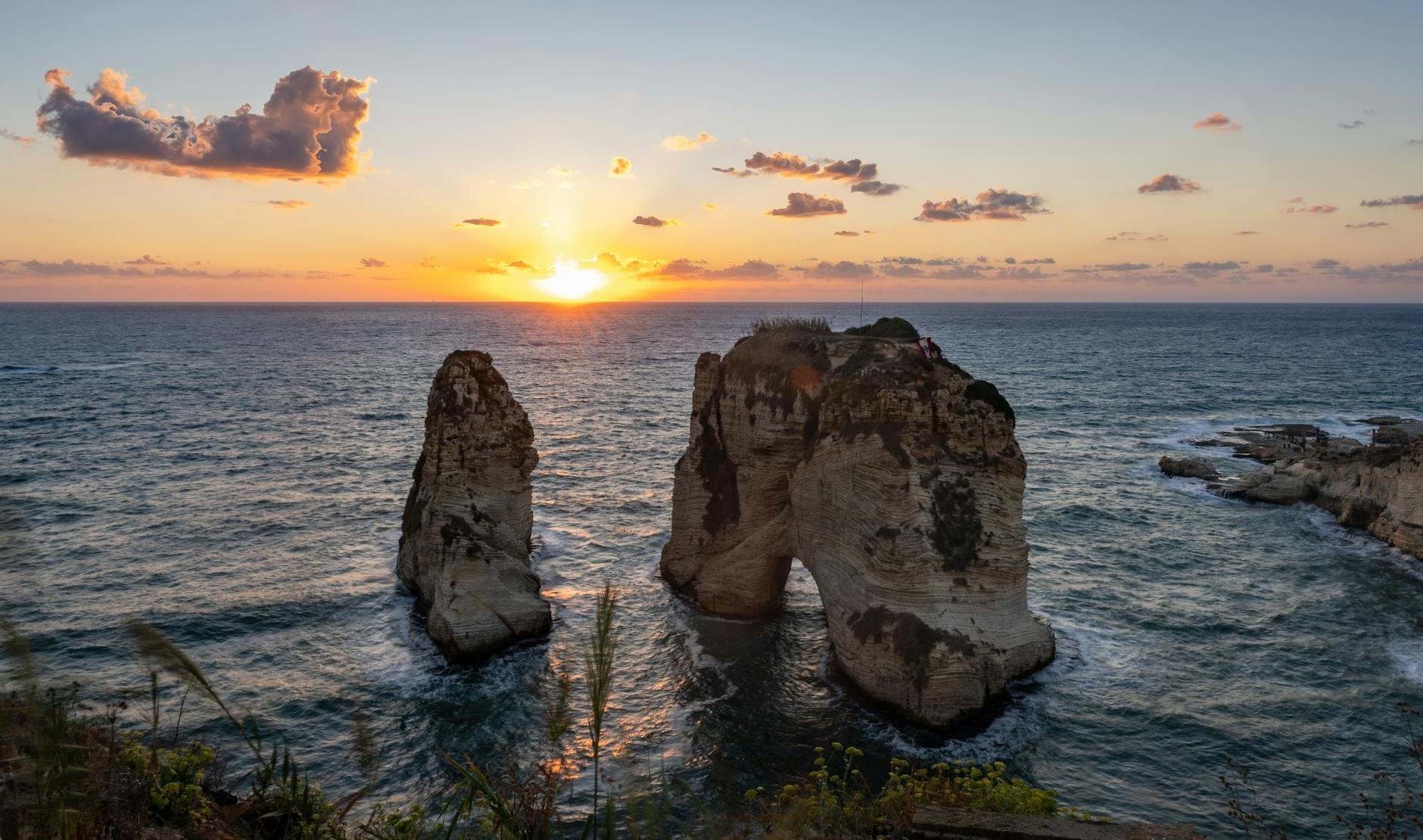
When you visit Beirut, you should definitely check out Raouche Rocks, also known as Pigeon Rocks. These stunning natural rock formations rise majestically from the Mediterranean Sea and are a perfect spot for taking beautiful photos. The best time to visit is during sunset when the view is truly magical. You can easily get there by taking a taxi or using a rideshare app from almost anywhere in Beirut. The rocks are located in the Raouche area along the Corniche, a lively waterfront promenade. While you’re there, make sure to enjoy a walk along the Corniche and maybe grab a coffee at one of the nearby cafes. Just be careful when taking pictures, as the rocks are close to the edge of the cliff.
8. Martyrs’ Square
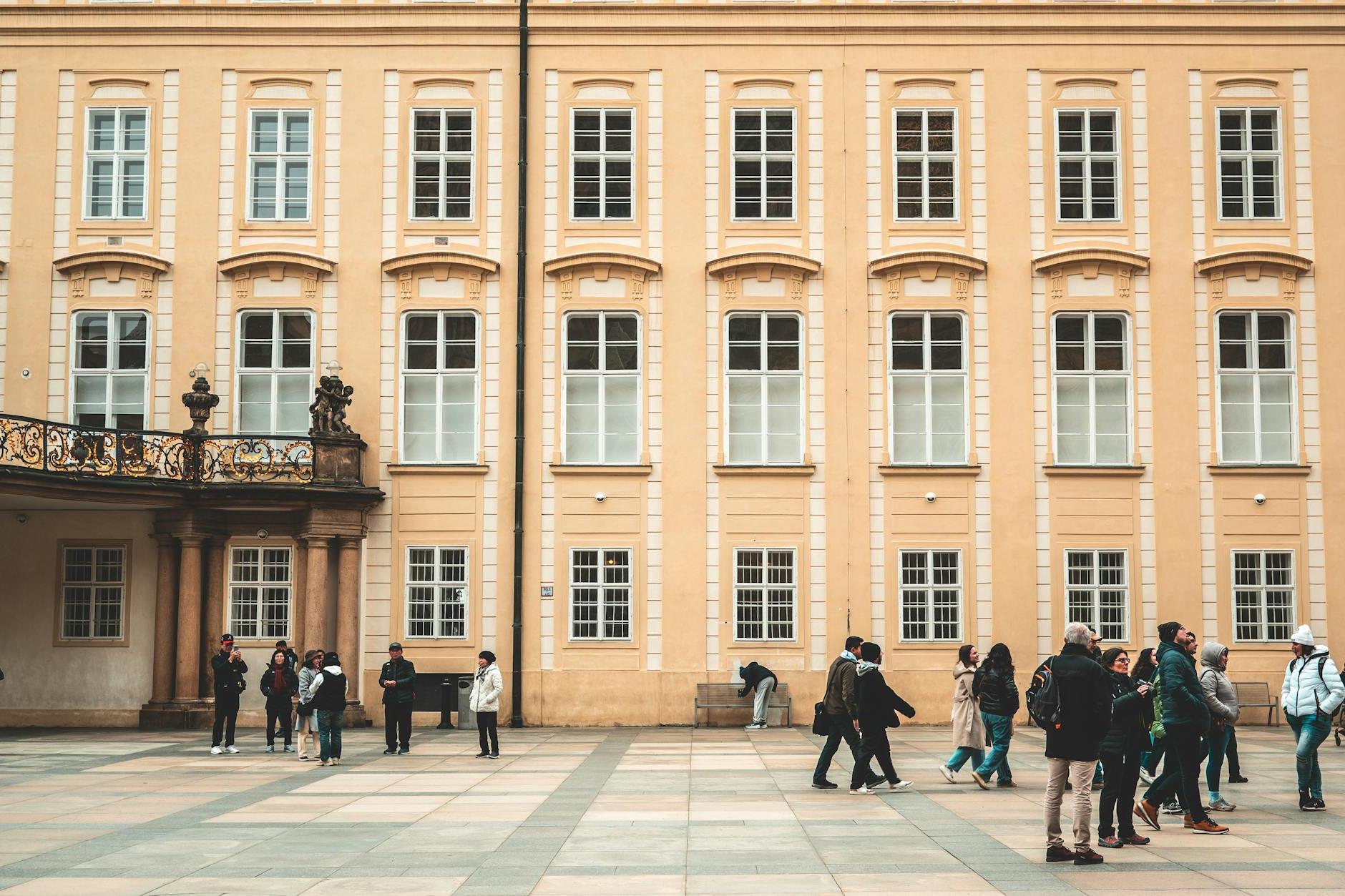
Martyrs’ Square is a must-visit when you’re in Beirut. This historic square stands as a symbol of resilience and freedom for the Lebanese people. The square is surrounded by beautiful architecture, including the iconic Mohammad Al-Amin Mosque. It’s a great place to take in the city’s past and present, with plenty of cafes nearby where you can relax and soak up the atmosphere. To get there, you can take a taxi or use public buses which are both convenient and affordable. Be sure to visit during the daytime to fully appreciate its vibrant energy and historical significance. Don’t forget to bring your camera for some amazing photos!
7. St. George’s Cathedral
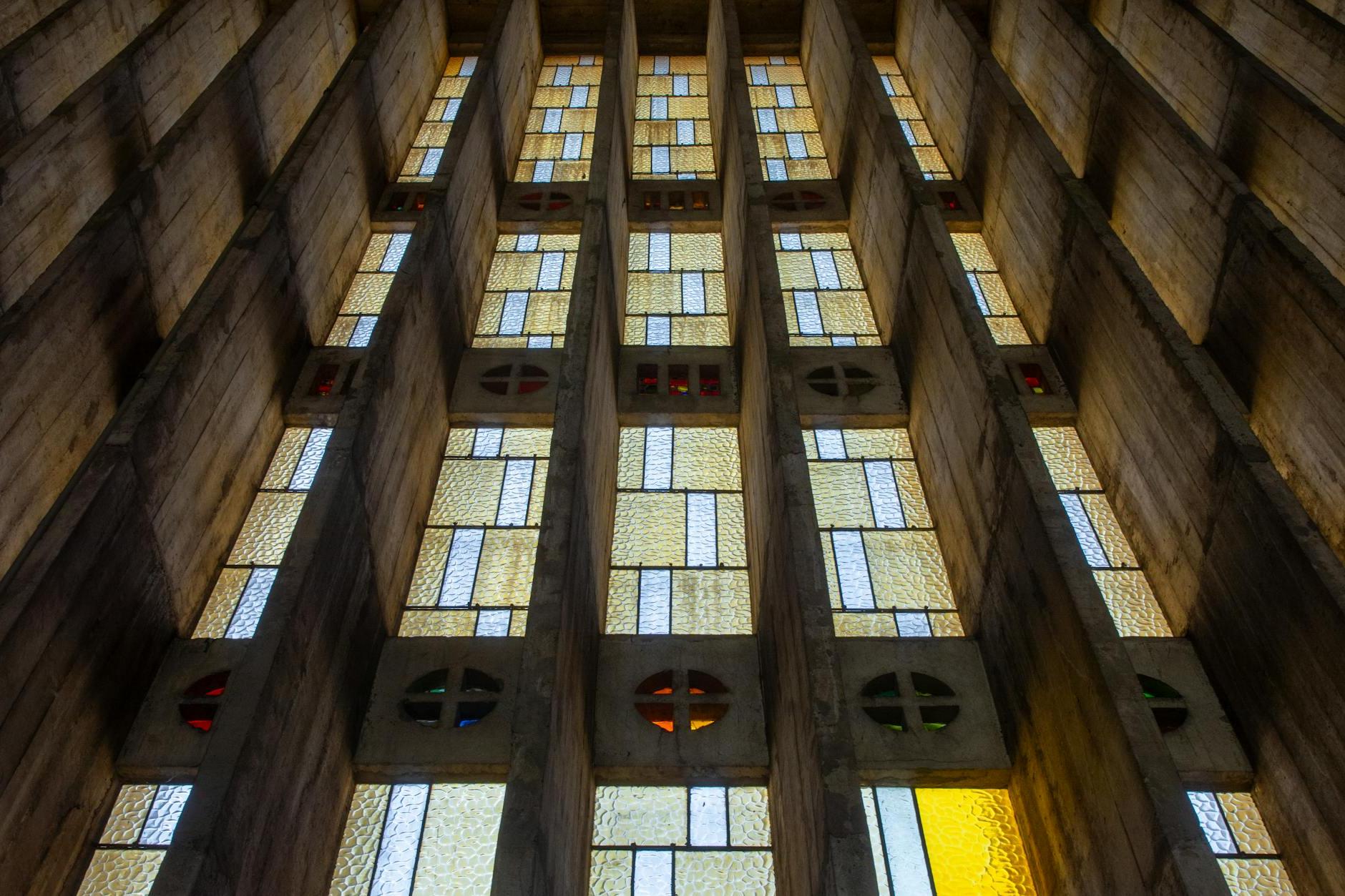
When you visit Beirut, make sure to stop by St. George’s Cathedral. This beautiful cathedral is one of the oldest churches in the city and is a stunning example of Lebanese architecture. It’s a peaceful spot in the busy city and gives you a peek into Beirut’s rich history and culture. You can get there easily by taking a taxi or a local bus to downtown Beirut. If you’re already near the waterfront or Martyrs’ Square, it’s just a short walk away. While you’re there, pay attention to the impressive interior, including the ancient stone walls and beautiful stained glass windows. Also, check out the nearby Roman ruins to make your visit even more special.
6. National Museum of Beirut
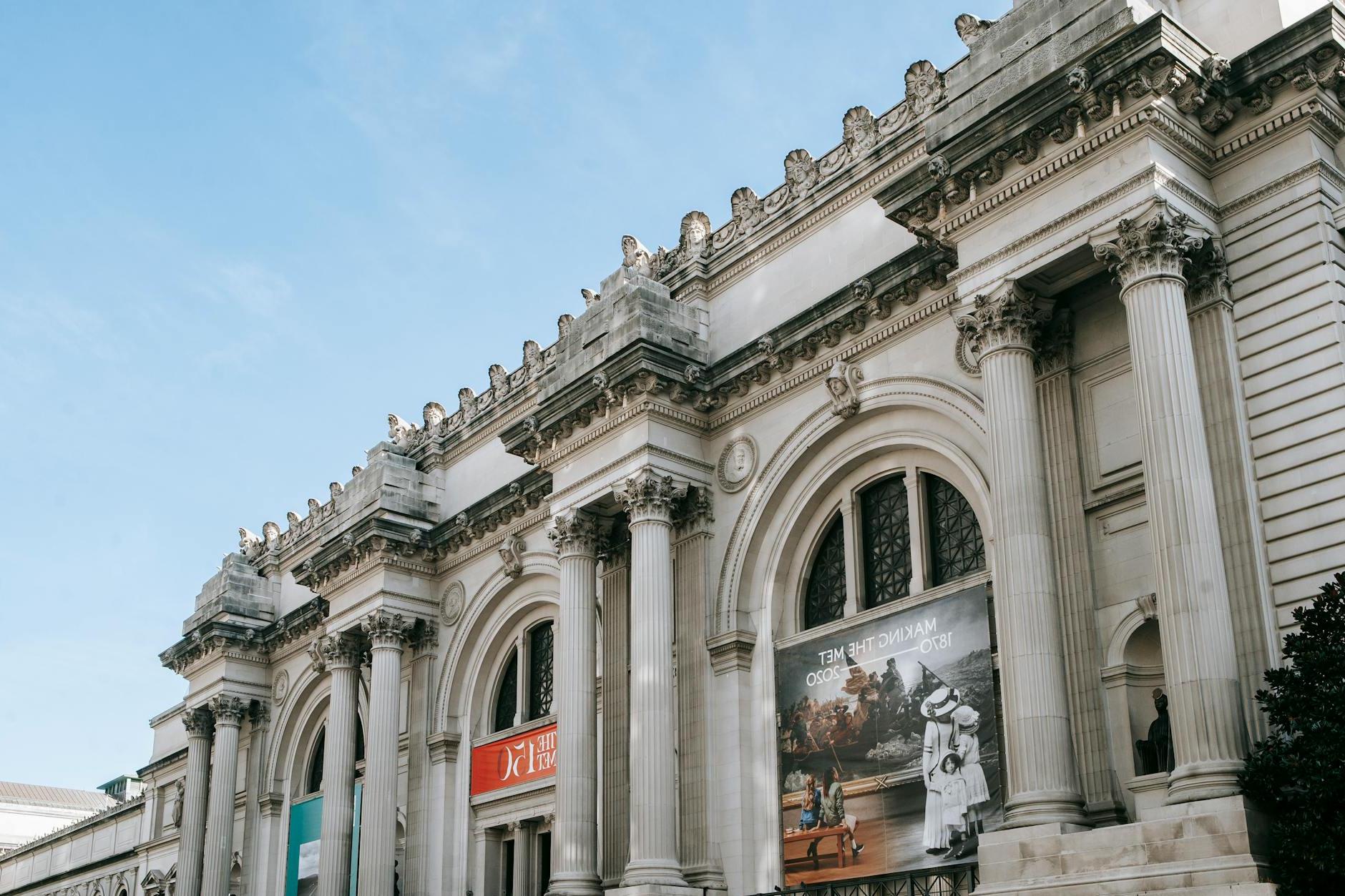
When you’re in Beirut, visiting the National Museum of Beirut is a must. This museum showcases Lebanon’s rich history, with artifacts dating back to prehistoric times. You’ll see intricate mosaics, ancient statues, and beautifully preserved pottery that tell the story of civilizations that once thrived in this region. To get there, you can take a taxi or use local buses; it’s located on the main thoroughfare, Damascus Street. When visiting, look out for the stunning sarcophagi and the breathtakingly detailed Phoenician sculptures, which are major highlights. Don’t forget to spend some time in the audio-visual room for a deeper understanding of the exhibits.
5. Mohammad Al-Amin Mosque
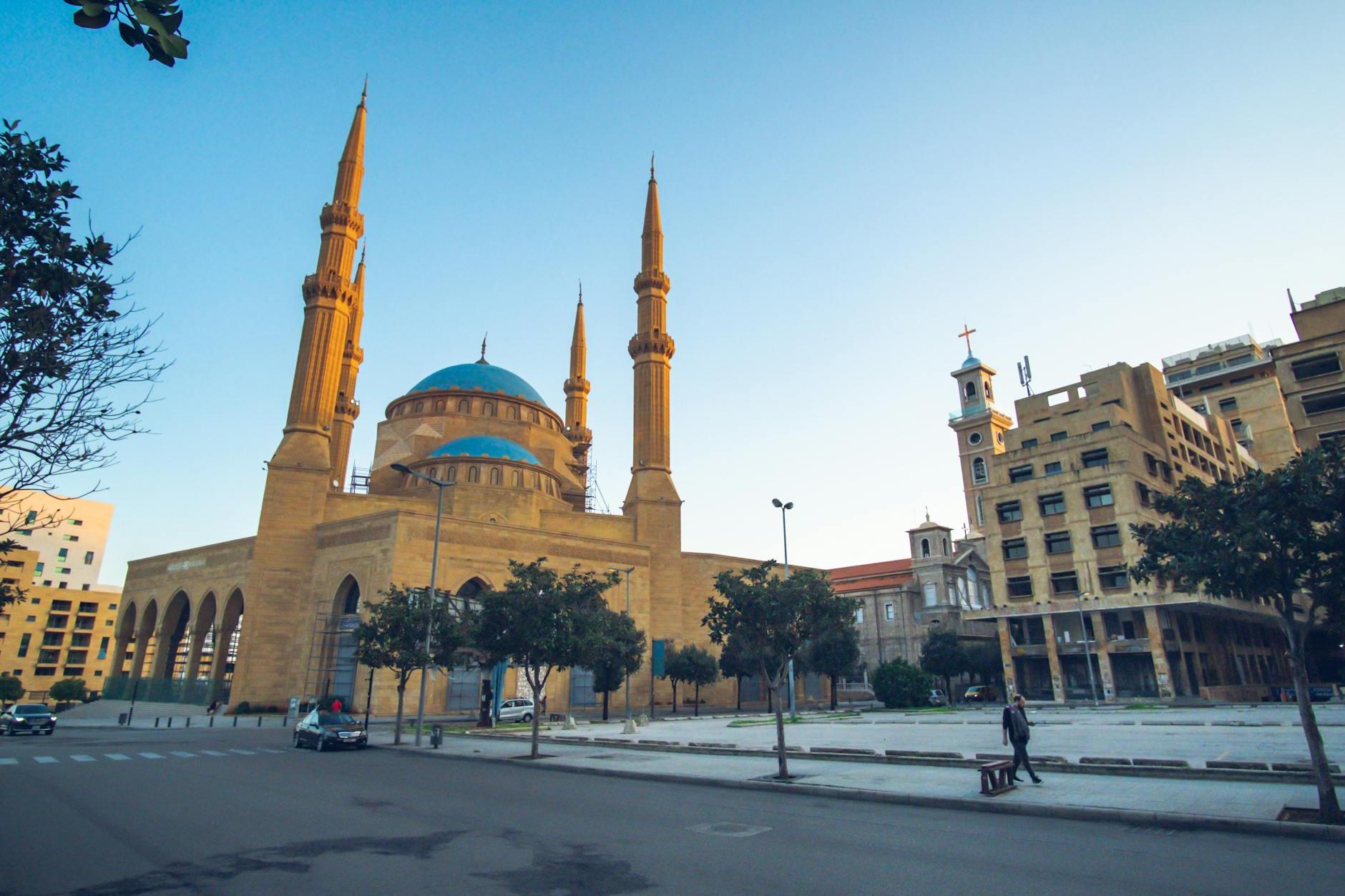
When you’re in Beirut, visiting the Mohammad Al-Amin Mosque is a must. This beautiful mosque, with its striking blue dome and soaring minarets, stands out as one of the city’s most iconic landmarks. Located in Martyrs’ Square, it’s easy to reach by taxi or public transportation from anywhere in the city. As you plan your visit, remember to dress modestly, with women covering their heads, arms, and legs, and men wearing long pants. Inside, you’ll be impressed by the stunning chandeliers, intricate mosaics, and the peaceful atmosphere. Don’t forget to step outside to admire the mosque’s grand exterior and take in the vibrant surroundings of Downtown Beirut.
4. Beirut Souks
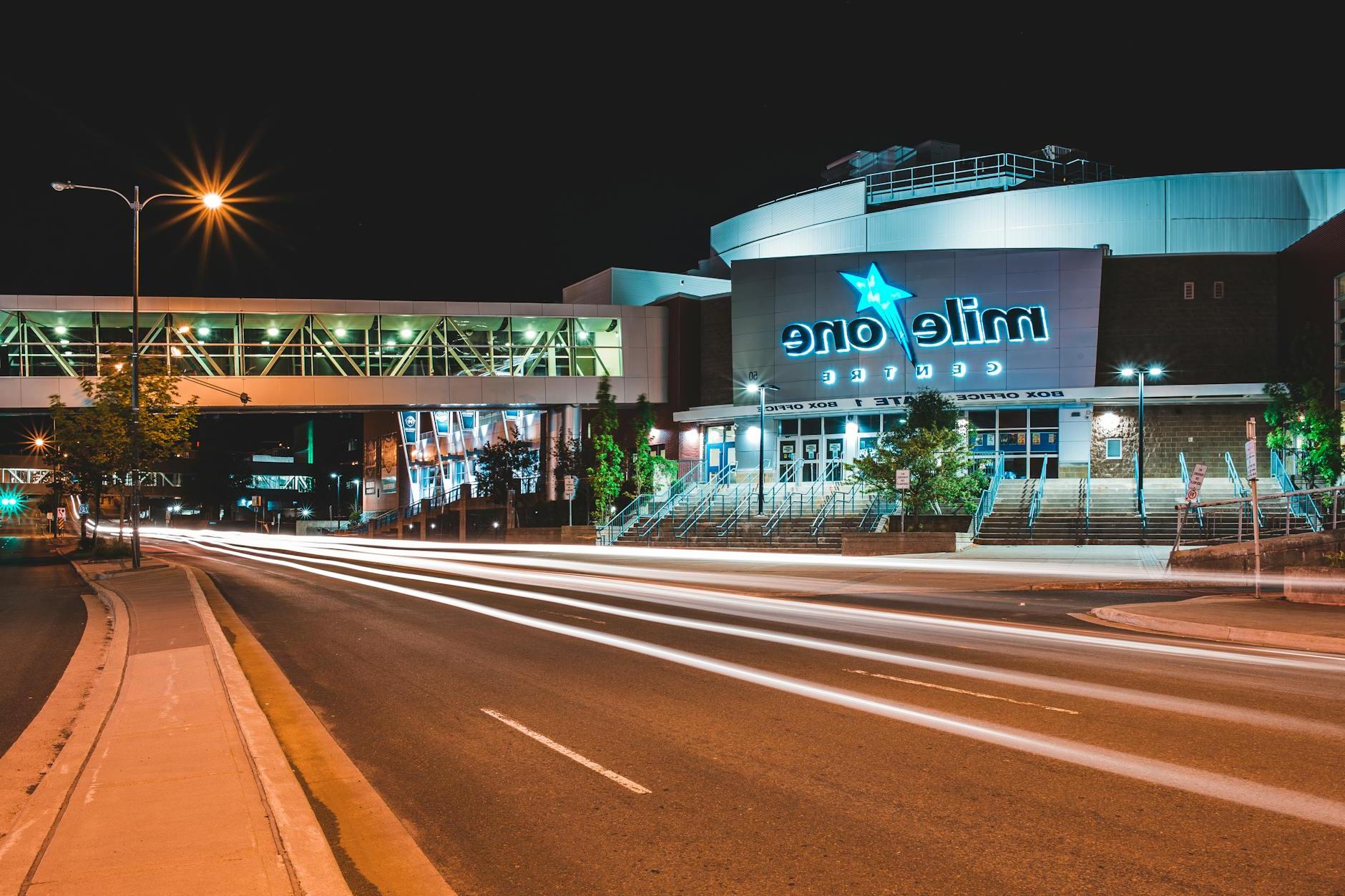
When you visit Beirut, don’t miss out on the Beirut Souks. This vibrant shopping area is a mix of modern luxury and traditional charm. You’ll find high-end stores, local boutiques, lively cafes, and open-air markets. It’s a great place to shop, eat, and soak in the local culture. To get to Beirut Souks, you can take a taxi or public transport to the city center; it’s quite accessible. Make sure to keep an eye on your belongings, as it can get crowded. Also, spend some time exploring the adjacent historical sites and enjoy street performances if you’re lucky!
3. Beirut Corniche

When visiting Beirut, make sure to spend some time at the Beirut Corniche. This popular seaside promenade offers stunning views of the Mediterranean Sea, making it a perfect spot for a leisurely stroll, jog, or bike ride. You can also enjoy the sight of local fishermen casting their lines or take a break at one of the many cafes and food stalls along the way. To get there, you can easily take a taxi or use the local bus services, which are affordable and convenient. While you’re there, keep an eye out for the iconic Pigeon Rocks, a natural landmark that’s perfect for photos, especially at sunset. Always be aware of your surroundings, as the Corniche can get quite busy, particularly on weekends.
2. Zaitunay Bay
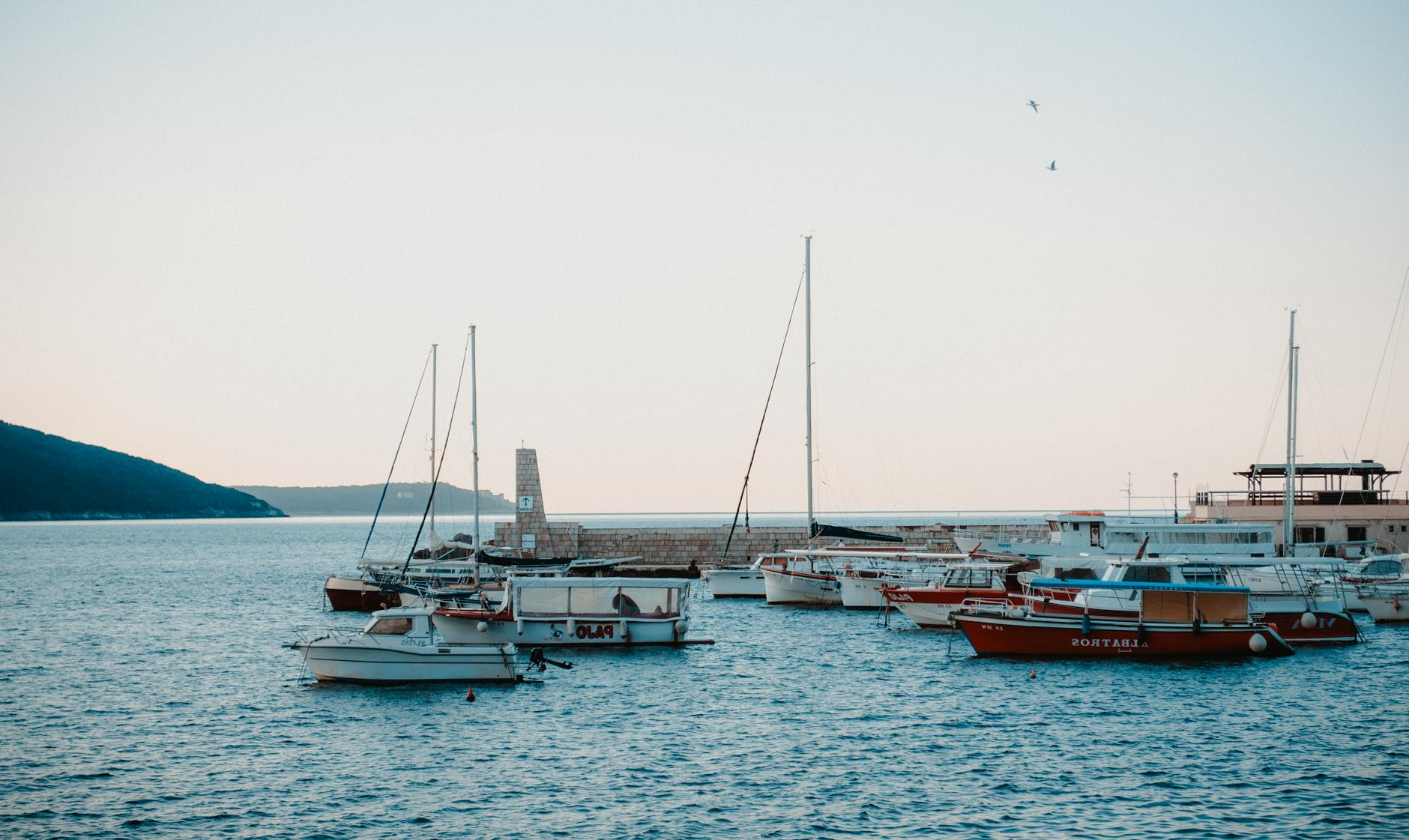
When you’re in Beirut, you should definitely visit Zaitunay Bay. This vibrant waterfront destination offers beautiful views, delicious restaurants, and a relaxed atmosphere. You can enjoy a lovely walk along the marina, dine at one of the many eateries, or simply sit and watch the luxury yachts. To get there, you can take a taxi, which is common and convenient in Beirut. If you prefer public transport, there are buses that head towards the coast, but taxis are generally easier. When visiting, try to go around sunset for the best views, and remember to keep an eye on your belongings, as it’s a busy area.
1. Jeita Grotto
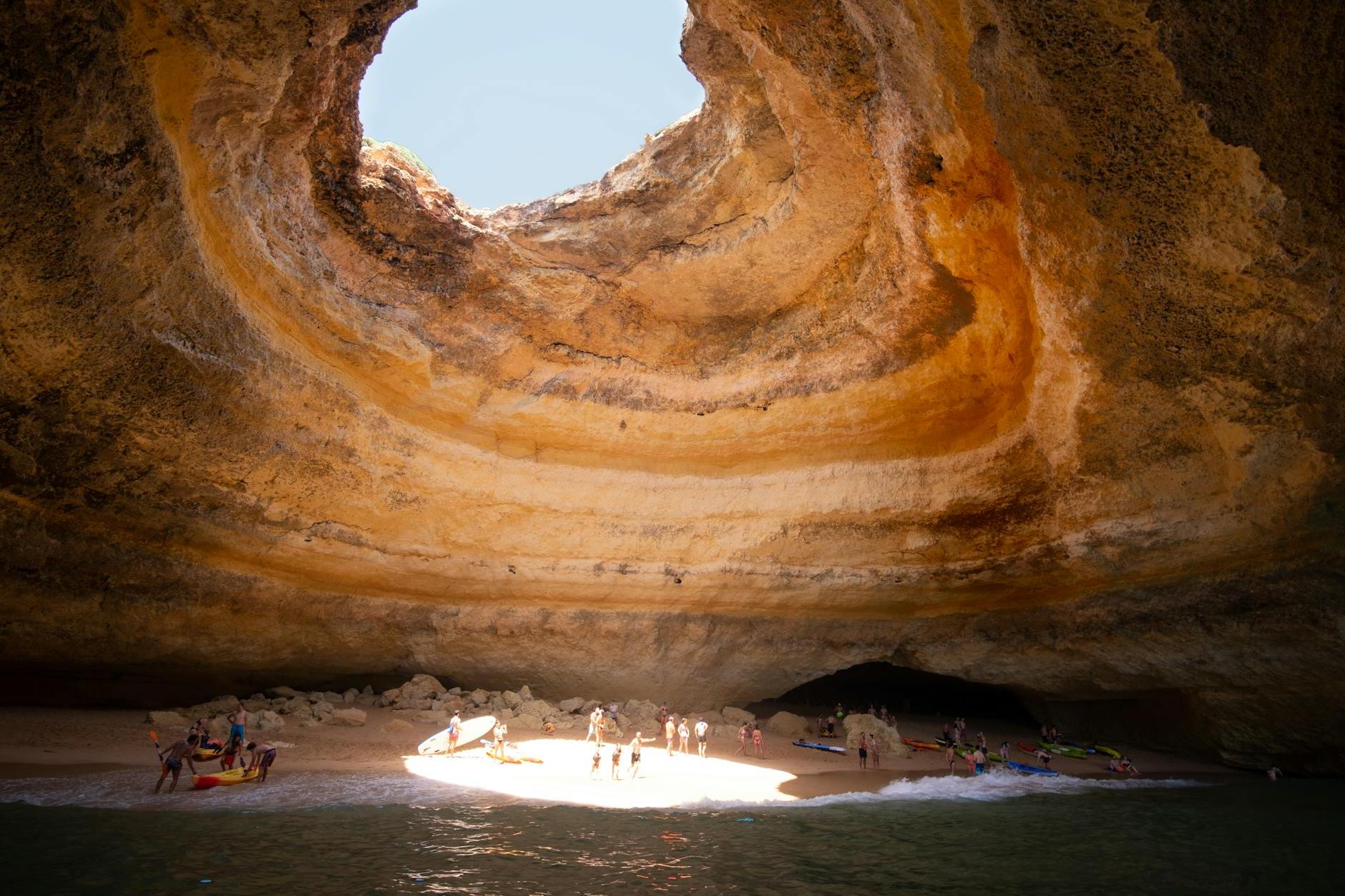
If you’re visiting Beirut, you absolutely must take a trip to Jeita Grotto. This stunning natural wonder is made up of two interconnected limestone caves filled with breathtaking rock formations and clear, glistening water. It’s a great escape from the bustling city and offers a little adventure and a lot of beauty. To get there, you can drive or grab a taxi; it’s only about 18 kilometers north of Beirut, which makes for an easy day trip. When planning your visit, remember that the grotto is closed on Mondays and some holidays, so check the schedule beforehand. Also, bring comfortable shoes and a camera to capture the awe-inspiring sights you’ll see. Don’t forget to enjoy the boat ride on the underground lake—it’s a highlight you won’t want to miss!
Frequently Asked Questions
1. What is the best time of the year to visit Beirut?
The best time to visit Beirut is from April to June and September to November. During these months, the weather is warm but not too hot, perfect for exploring the city and enjoying the beaches. The skies are usually clear, and there’s less rainfall, making it ideal for sightseeing and outdoor activities. If you prefer a quieter and more budget-friendly trip, consider visiting in the winter months of December to February. While it can be rainy and cooler, you might find cheaper flights and accommodations.
2. Should I rent a car in Beirut?
Renting a car in Beirut can be a convenient option, but it’s important to know what to expect. The roads in Beirut are generally well-paved, but traffic can be heavy, especially during peak hours. Driving can be a bit chaotic, with drivers often making sudden lane changes and honking frequently. Parking is another challenge, as spaces can be hard to find in busy areas, and some parking lots charge high fees. On the other hand, public transport options like buses and vans are available but can be crowded and less reliable. Taxis are widespread, and ride-hailing apps like Uber and Careem make it easy to get around without the hassle of driving.
3. What are different ways to get to Beirut?
Getting to Beirut is quite straightforward, with multiple travel options available. The primary gateway is the Beirut-Rafic Hariri International Airport, which is well-connected to major cities worldwide. Once you land, you can take a taxi or a shuttle bus to reach the city center. Public buses are also available from various points in Lebanon, but there is no direct train service. If you prefer driving, the coastal highway makes it easy to drive to Beirut from major cities like Tripoli, Sidon, and Byblos. The roads are generally in good condition, but traffic can be heavy, especially during peak hours.
4. Are there things to do with children in Beirut?
Absolutely! Beirut is a great place to visit with children. Start your adventure at KidzMondo, an indoor theme park where kids can try out different jobs in a mini-city. For more fun, head to Beirut Souks where your children can ride on the beautifully crafted carousel. Don’t miss a trip to the René Moawad Garden, also known as Sanayeh Park, which has a playground and lots of space to run around. If your kids love animals, the Beirut Hippodrome offers pony rides on weekends. Lastly, explore the National Museum of Beirut for a bit of history; its impressive displays can captivate older children. With plenty of family-friendly spots, Beirut makes for a memorable trip with kids.
5. Is Beirut safe to travel to?
Beirut is generally safe to travel to, but it’s important to stay aware and take precautions, just like you would in any big city. While Beirut has a vibrant culture and friendly locals, there are occasional instances of petty crimes like pickpocketing and scams targeting tourists. To ensure your safety, keep your valuables out of sight, especially in crowded areas and tourist spots. Always be aware of your surroundings and avoid secluded areas at night. With a bit of caution, you can enjoy all the rich experiences Beirut has to offer while keeping yourself safe.

